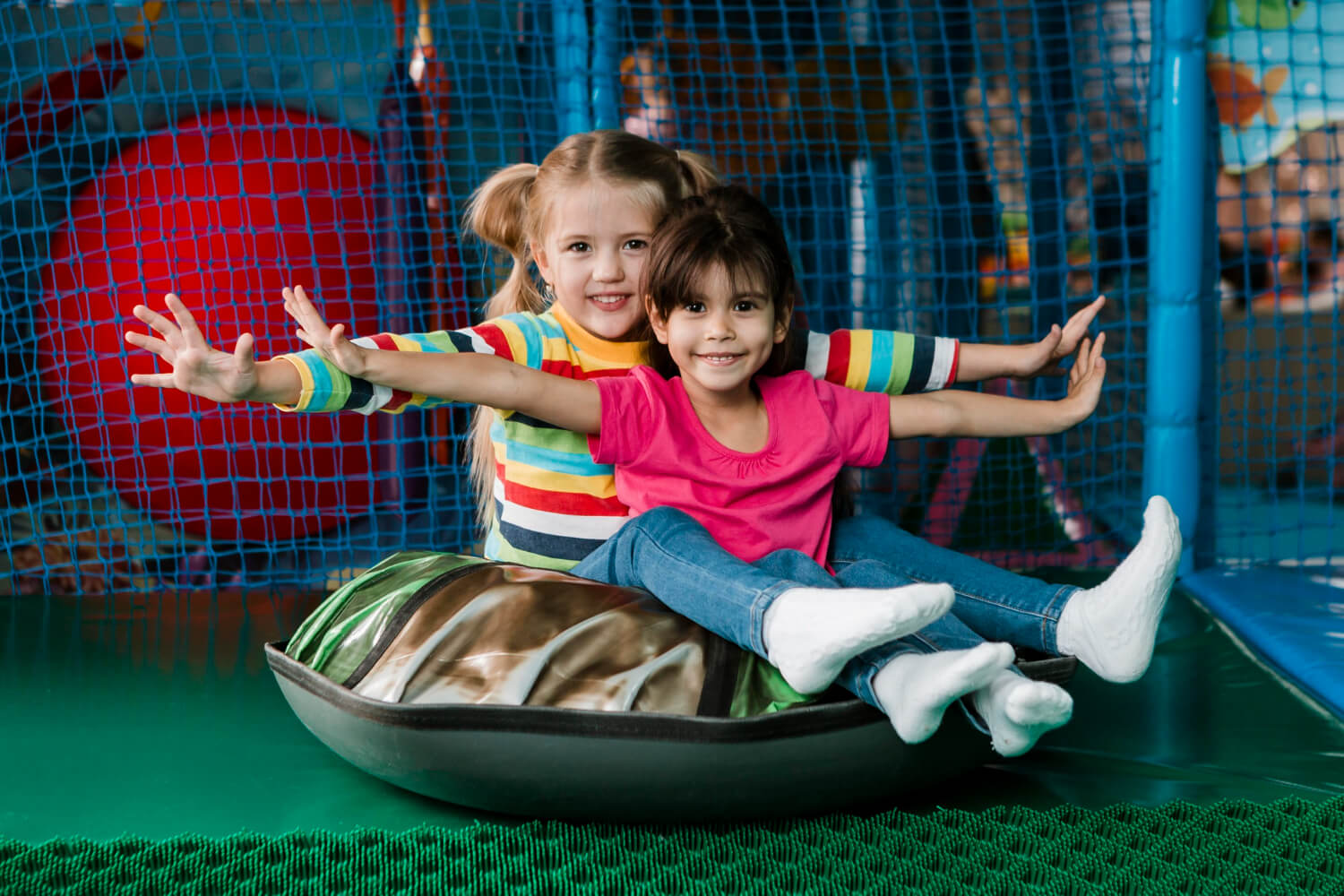Introduction:
In recent years, the importance of inclusive play environments has come to the forefront, with businesses recognising the need to cater to children of all abilities and developmental stages. One way to achieve this is through the integration of sensory soft play areas within indoor playgrounds. These zones offer a range of stimulating and interactive experiences, creating a safe and accessible environment for children with diverse needs. In this blog post, we will explore the benefits of incorporating a sensory soft play area in your indoor playground, focusing on its impact on child development, accessibility, and overall enjoyment.
A sensory soft play area offers a unique set of features that encourage children to explore and discover using their senses, such as touch, sight, sound, and balance. These areas often feature a variety of textures, colours, shapes, and sounds, providing an engaging and immersive setting where children can engage in sensory exploration. This multi-sensory approach is essential in supporting child development, particularly for those with sensory processing difficulties, autism spectrum disorders, or other neurodiverse conditions.
Integrating a sensory soft play area into your indoor playground creates a more inclusive and accessible environment where children of all abilities can engage in purposeful play and social interaction. This inclusion-focused approach not only promotes social cohesion but also serves to enhance the overall experience for all visitors.
Furthermore, sensory soft play areas create a tranquil refuge within the bustling environment of an indoor playground, offering a calming space where children can de-stress and self-regulate. This balance between high-energy play zones and calming sensory areas ensures that every child can enjoy a tailored experience that accommodates their unique needs and preferences.
Benefits of Including a Sensory Soft Play Area in Your Indoor Playground
Supporting Child Development through Sensory Experiences
A sensory soft play area offers a unique set of features that encourage children to explore and discover using their senses, such as touch, sight, sound, and balance. These areas often feature a variety of textures, colours, shapes, and sounds, providing an engaging and immersive setting where children can engage in sensory exploration. This multi-sensory approach is essential in supporting child development, particularly for those with sensory processing difficulties, autism spectrum disorders, or other neurodiverse conditions.
Sensory integration is a vital aspect of a child’s development, as it helps them understand and navigate the world around them. By exposing children to diverse sensory experiences, sensory soft play areas help promote cognitive development, spatial awareness, coordination, fine and gross motor skills, as well as emotional and social growth.
Enhancing Accessibility and Inclusion
Inclusive play environments are crucial to ensuring that children of all abilities can enjoy fulfilling play experiences. Integrating a sensory soft play area into your indoor playground promotes accessibility and inclusion by catering to children with a wide range of developmental needs, including those with physical disabilities, cognitive impairments, or sensory challenges.
Soft play structures are typically designed with safety and accessibility in mind, with features such as padded flooring, ramps, and handrails to support mobility and comfort. Considering universal design principles during the planning and execution stages of your sensory soft play area ensures that all visitors, regardless of their abilities, feel welcome and accommodated.
Promoting Social Interaction and Emotional Regulation
Sensory soft play areas provide an ideal environment for children to develop social skills and interact with their peers in a non-threatening, supportive setting. By offering a diverse range of interactive and stimulating experiences, these areas encourage cooperation, communication, and problem-solving, as children engage in shared activities that foster a sense of connection and empathy.
Furthermore, sensory play can also help children develop emotional regulation skills, which are crucial for managing stress and anxiety. The calming properties of certain sensory experiences, such as tactile or auditory stimuli, can provide much-needed relief for children who may feel overwhelmed by the bustling environment of an indoor playground. This balance between high-energy activity and soothing sensory experiences ensures an enjoyable and fulfilling visit for every child.
Designing an Engaging and Immersive Sensory Soft Play Area
Creating an engaging sensory soft play area requires a well-thought-out design, considering both the specific needs of your target audience and their individual preferences. A successful sensory soft play design involves incorporating a range of diverse sensory experiences that appeal to various age groups and abilities. Some examples of sensory features include:
1. Tactile elements, such as textured walls, floor mats, and interactive toys, allowing children to explore different sensations through touch.
2. Visual stimuli, including colourful murals, lighting effects, and objects of varying shapes and sizes, stimulating a child’s visual processing skills.
3. Auditory features, such as musical instruments, sound panels, or noise-making play structures, encouraging children to interact and engage with sounds.
4. Movement and balance exercises, like swings, rocking equipment, or climbing structures, promoting physical coordination and spatial awareness.
A successful sensory soft play area design should also adhere to safety standards and regulations, ensuring a secure environment for children to explore and enjoy without risk of injury.
Conclusion
Incorporating a sensory soft play area in your indoor playground not only enhances the overall experience for visitors but also serves as a vital resource for children with diverse developmental needs. By providing stimulating sensory experiences, fostering social interaction, and offering calming spaces for emotional regulation, sensory soft play areas contribute to the development, well-being, and enjoyment of every child.
If you’re considering adding a sensory soft play area to your indoor playground, rely on the expertise of Afacanpark to bring your vision to life. Our team of skilled designers and builders are dedicated to creating bespoke play solutions tailored to your unique requirements and audience, ensuring a truly fulfilling and inclusive play experience for all. Contact us today to begin your sensory soft play journey.




